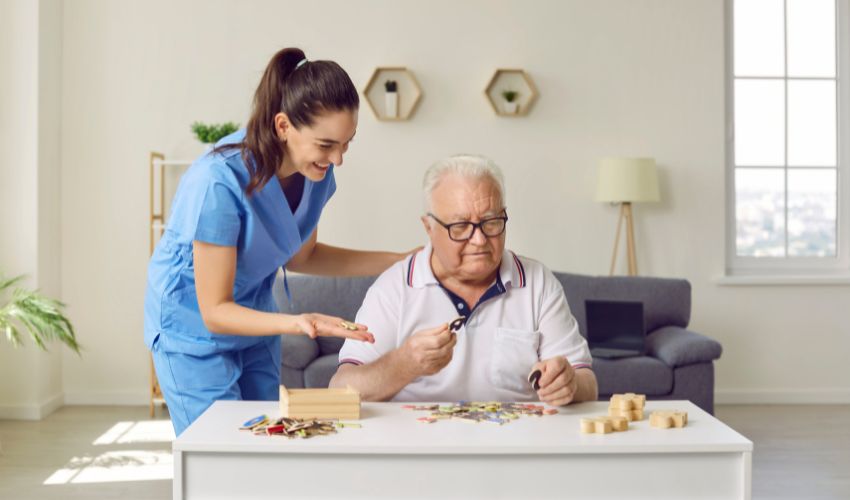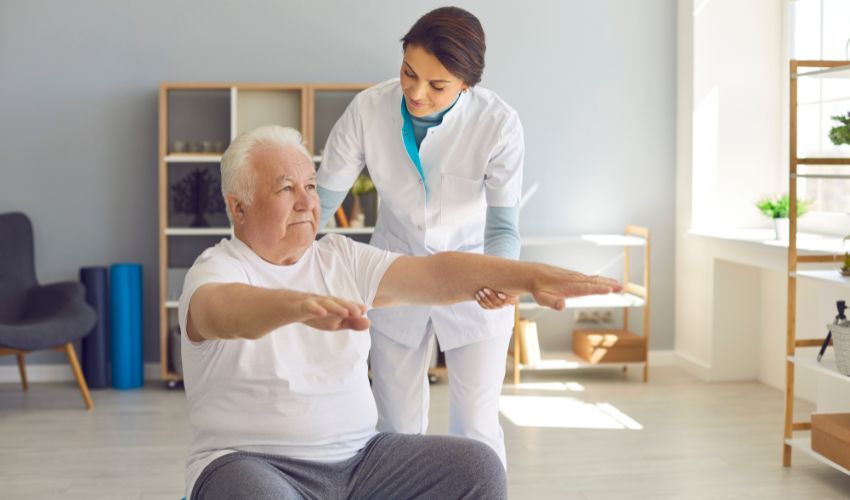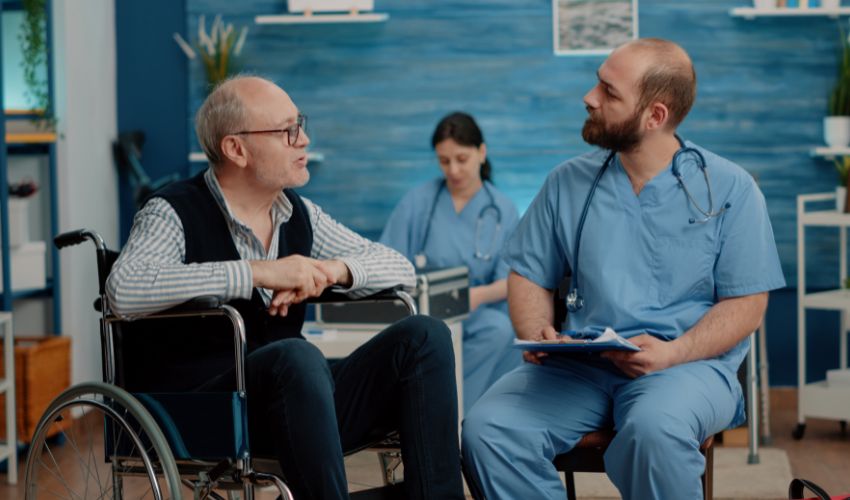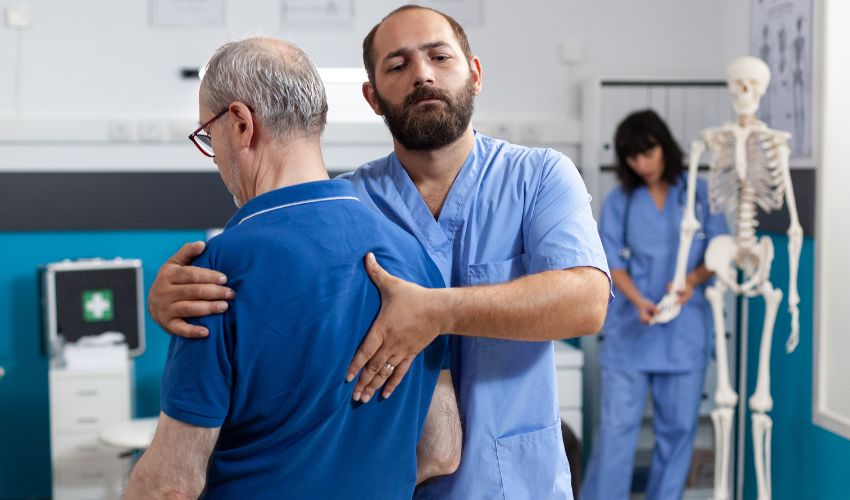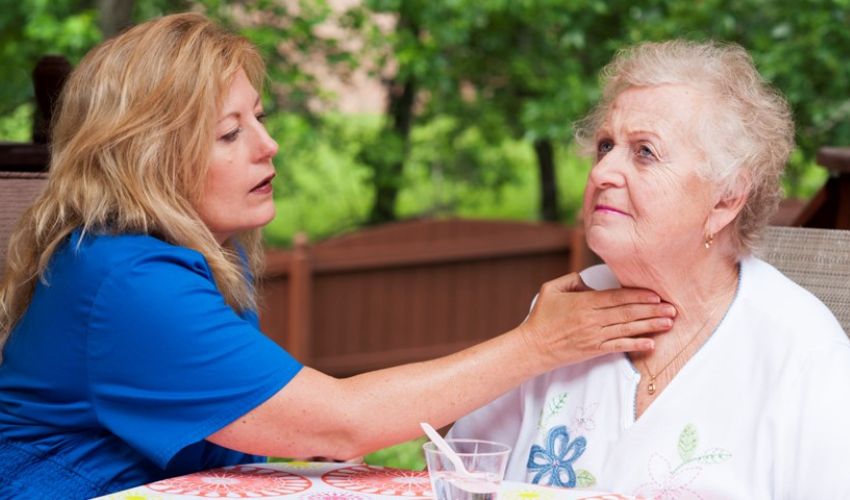Remote Patient Monitoring (RPM)
.png)
Remote Patient Monitoring (RPM) is a program designed for patients with acute or chronic health conditions, providing them with a mobile device to assist in the ongoing management of their condition. The program allows healthcare providers to collect specific health data from patients, enabling them to adjust medications and create tailored care plans accordingly.
To qualify for RPM, a patient must be diagnosed with at least one chronic health condition. This encompasses a range of conditions such as hypertension, hypotension, diabetes, chronic obstructive pulmonary disease (COPD), chronic heart failure, and others.
Devices that are commonly used in RPM include:
- Blood Pressure
- Monitor Pulse Oximeter
- Weight Scale
- Blood Glucose Monitor
- Thermometer
How does RPM benefit healthcare providers?
Managing patients with chronic conditions can be challenging when patients only visit the doctor’s office every few months. With RPM technology, providers can offer more personalized care and monitor patient trends more effectively due to the increase in available patient data. This technology also allows practices to boost their revenue while reducing staff inefficiencies.
How does RPM benefit patients?
Using RPM for managing acute or chronic conditions can greatly enhance the patient's quality of life. It allows individuals with chronic illnesses to spend more time at home with their families instead of frequenting hospitals and doctor's offices. RPM's primary aim is to prevent problems from escalating into crises by enabling medical professionals to monitor readings and detect changes in health trends early on.
RPM helps providers fine-tune medication plans for better management of patient conditions, thereby potentially reducing trips to the emergency room. The main advantage of RPM is that it empowers patients to use mobile medical devices to measure vital signs such as blood pressure, weight, oxygen levels, heart rate, and glucose levels. They can then send these measurements to their doctors in real-time without needing to visit a medical facility. This approach offers substantial benefits for long-term management of chronic conditions and encourages more frequent communication between patients and healthcare providers.
View More
